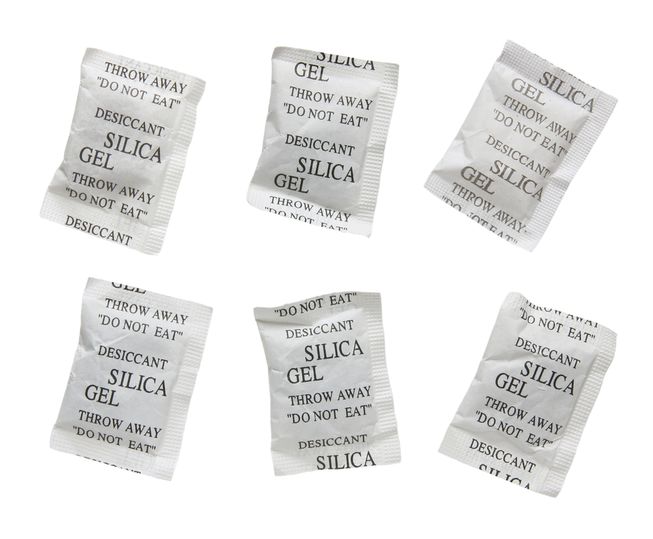Extremes of temperature can affect your helmet so it’s important to store it somewhere that is temperate and dry.
A rider posted the above photo of his adventure helmet which he had stored in his shed during summer.
It’s obviously a polycarbonate shell which has melted in the extreme temperatures.
While this is an extreme case, temperature, sweat, humidity and exposure to UV rays can reduce the longevity of your helmet.
Temperature
Most helmets are tested for extreme temperatures, usually up to over 50 degrees centigrade and down to -7 in Australia and -22 for European-approved helmets which are now legal in Australia.
So your helmet shell isn’t going to melt, crack or fall apart just from temperature extremes. No one would ride in those temperatures, anyhow.
The interior foam is the same as used in refrigerators and some roof insulation, so it should also not be affected.
However, I’ve stored helmets in my office over summer, sitting on my desk in temperatures up to 40 degrees and the bottom has melted to the desk.

So, while the shell and foam should be ok in extremes of temperature, it does have an effect on the soft lining materials.
Sweat
The biggest affect on your helmet’s life is your own sweat.
It degrades the interior lining, causes the adhesives to fail and compresses the foam making the fit of the helmet loose and less effective than when it is tight.
If you start to see black flakes on your head when you take your helmet off, it’s probably time to buy a new helmet.
Hair products can also have a detrimental affect on the helmet lining.
You can prevent sweat and hair products from ruining your helmet by wearing a bandana, balaclava or skull cap.

You can also reduce the effects of sweat and hair products by regularly washing the lining if it is removable.
If not, spray the inside with special helmet interior cleaner.
Make sure the lining is dried slowly and thoroughly inside, not in direct sunlight.
Humidity
Like sweat, humidity also has a significant effect on helmet linings, causing mould.
If you live in a humid climate, store the helmet in the bag it came in.
When you bought your helmet, you will have noticed a small bag of silica gel flakes came with the packaging. Don’t throw them out, even though they may say “Throw away” on the pack.
In fact, save those little bags of silica gel flakes that come with a lot of new products. They have a limited life, but can still absorb some moisture. You can also buy the gel packs separately.
They can be useful for storing with your helmet, gloves and other riding gear, especially if you are not using your helmet or gear for a long time, such as over winter.
In which case, make sure there are no mice where you store your gear as they love to chew the soft interior and turn it into bedding!
Sunlight
Helmet shells are tested to withstand temperature extremes, but constant exposure to the UV rays in sunlight will gradually degrade the material.
Visors also tend to get a creamy, frosted look from long exposure to sunlight.
While there is nothing you can do to protect your helmet and visor from sunlight when you are riding, it is important to store your helmet in the shade or in the bag it came in.
Don’t put it by the window where the sun comes in or store it on the back deck of your car.



